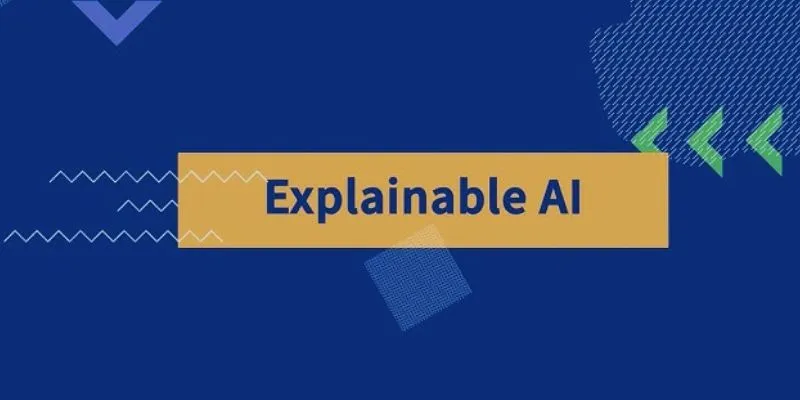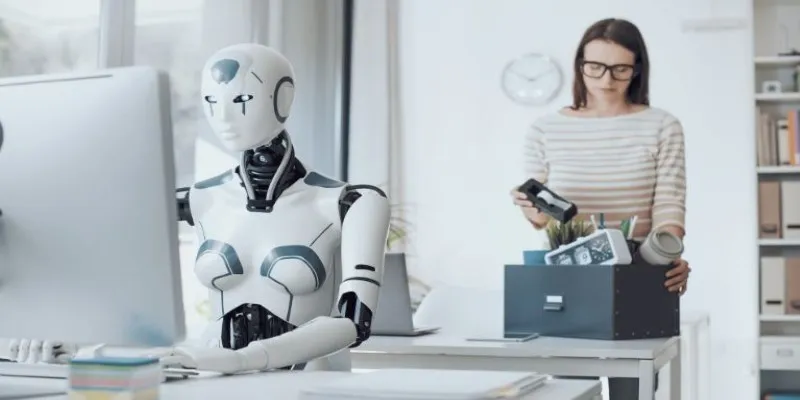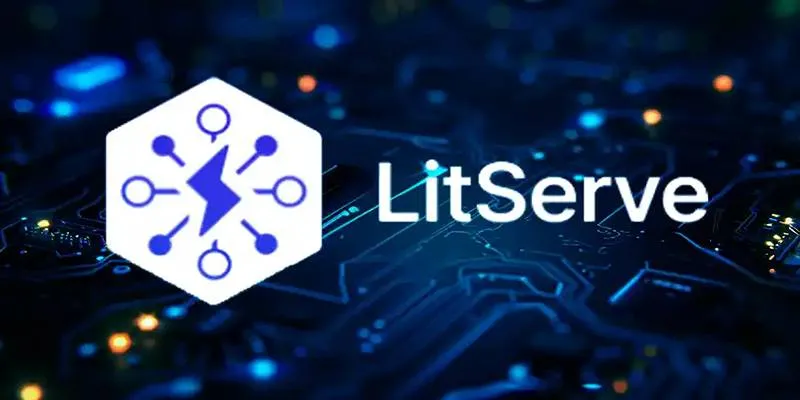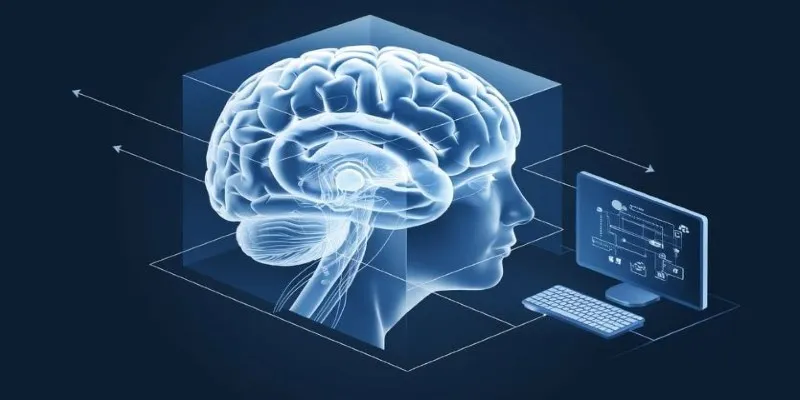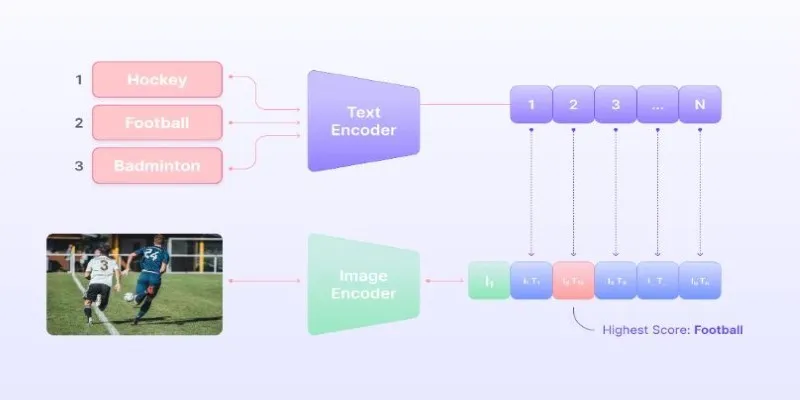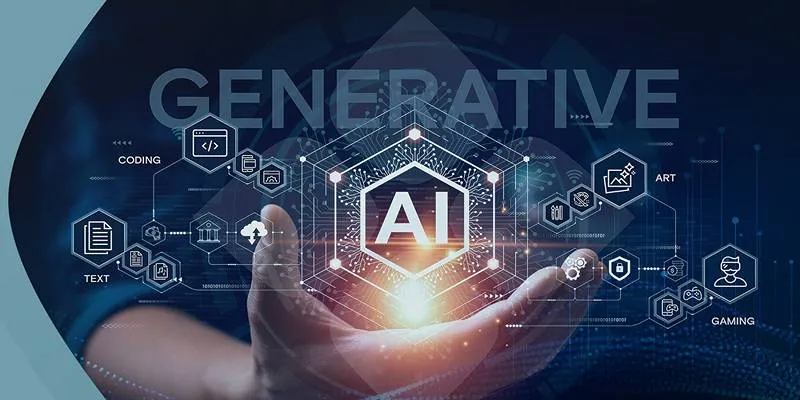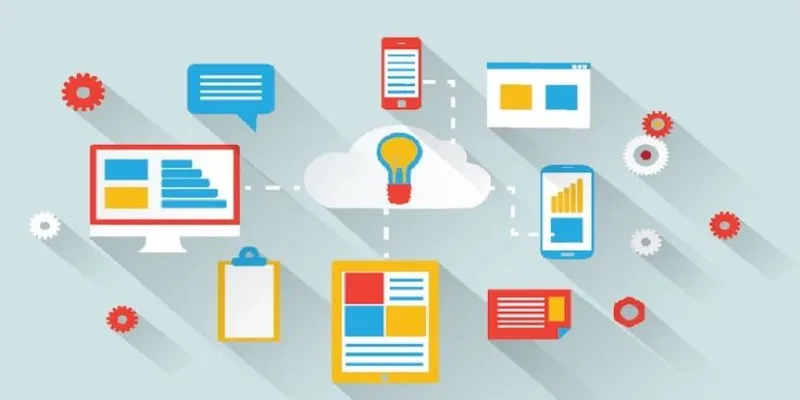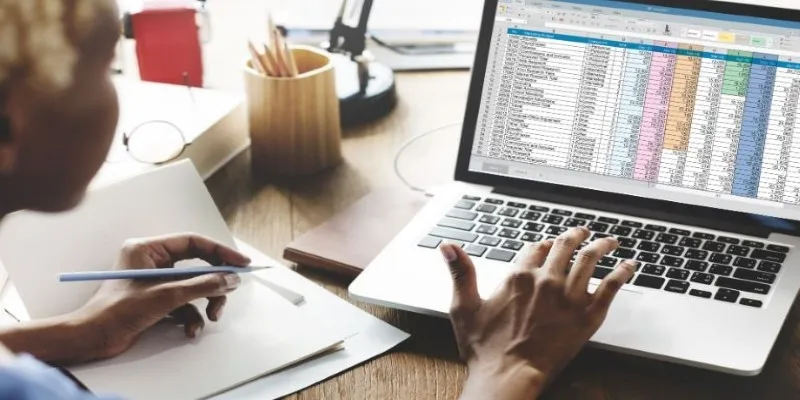Creating 3D objects used to be a complex task, typically reserved for teams of artists and engineers. However, tools like TripoSR are revolutionizing this process, making it surprisingly simple. What sets TripoSR apart is its ability to create 3D models from just one single image. Once provided with an image, it constructs a 3D object that you can rotate, view, and utilize as needed. If this sounds like science fiction, rest assured, TripoSR is real and it’s fast.
What is TripoSR and How Does It Work?
TripoSR is a diffusion-based model designed to convert 2D images into 3D objects. It operates on the same principles as other diffusion models—those that generate images from prompts—but TripoSR is specifically tuned for shape, depth, and structure, rather than pixels and colors. The key to its functionality is its training to understand not just the front view of an object, but its potential appearance from all angles.

TripoSR predicts depth and surface normals from a single image, essentially estimating the distance and curvature of an object’s surfaces. Using this data, it reconstructs a 3D mesh that reflects the full shape of the object, including unseen parts. While this predictive process might seem risky, the results are impressive. TripoSR has been trained on thousands of 3D objects, allowing it to draw from a vast library of similar examples to make informed predictions.
The accessibility of TripoSR is enhanced by its straightforward process—it doesn’t rely on complex multi-stage pipelines or heavy post-processing. The 3D mesh is created directly from the image in under a second, transforming how individuals without a 3D design background can interact with 3D workflows.
Why It’s Different from Traditional 3D Methods
Traditional 3D workflows required detailed modeling or scanning from multiple angles. With just one image, you were often out of luck. Some systems attempted to bypass this with photogrammetry or multi-view stereo, but they still needed multiple photos from different sides.
Neural Radiance Fields (NeRFs) improved this by learning how light interacts with 3D space but still required several images and slow rendering. TripoSR simplifies this with one image, one step, and one second to produce a mesh usable in real-time settings like games, apps, or virtual try-ons.
TripoSR’s versatility is another advantage. Users have applied it to furniture, tools, food, animals, and even characters. As long as the image is clear and the object is mostly visible, TripoSR can construct it. This flexibility means you don’t need perfect studio images or clean backgrounds—just something recognizable to the model.
What Can You Do With a 3D Object Made from a Single Image?
Once TripoSR converts a photo into a 3D mesh, the possibilities are endless. Import it into game engines like Unity or Unreal, or use it in 3D viewers to explore from all angles. For product design or e-commerce, it transforms a single marketing photo into a 3D preview, eliminating the need for a 3D artist.
For creators, this innovation offers new freedoms. Sketch a creature or tool, photograph it, and TripoSR constructs a 3D object. No manual modeling or elaborate photoshoots required—just snap a photo and let the model handle the rest.
In augmented or virtual reality scenarios, asset creation becomes faster and more flexible. Imagine using a mobile device to capture single photos of objects in your home, instantly converting them into 3D models ready for virtual spaces. What once took hours, TripoSR accomplishes in seconds.
How to Use TripoSR in Your Workflow
To get started with TripoSR, follow these steps:
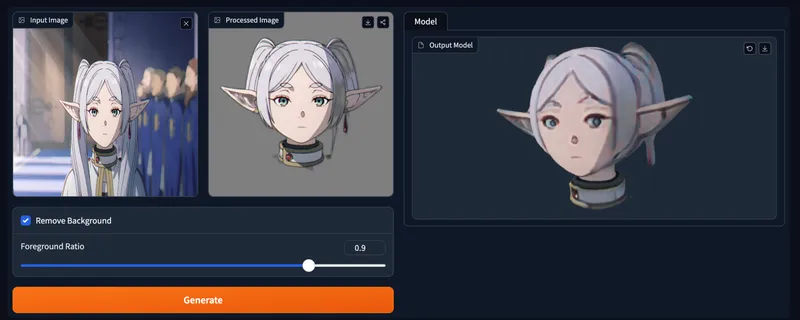
- Select a Clear Photo: Ensure the object is clear, avoiding extreme angles or blending backgrounds. Contrast helps.
- Upload the Image: Whether on a platform, local model, or demo page, the process starts with one photo.
- Automatic 3D Mesh Generation: The model generates the mesh in under a second with no settings to adjust.
- Download the Mesh: Export in a standard format like OBJ or GLB and integrate into your software.
- Refine if Necessary: Use 3D software like Blender or Maya to clean up or adjust textures.
Conclusion
TripoSR isn’t just another AI demo; it’s a transformative tool that bridges the gap between flat images and full 3D objects. By removing obstacles like the need for multiple photos or extensive modeling, it empowers designers, developers, artists, and curious individuals alike. With TripoSR, one image is all it takes to create something remarkable. I hope you found this information helpful and inspiring.
 zfn9
zfn9





